Alphabet tackles industrial robot software market
Intrinsic will teach industrial robots to perform complex tasks
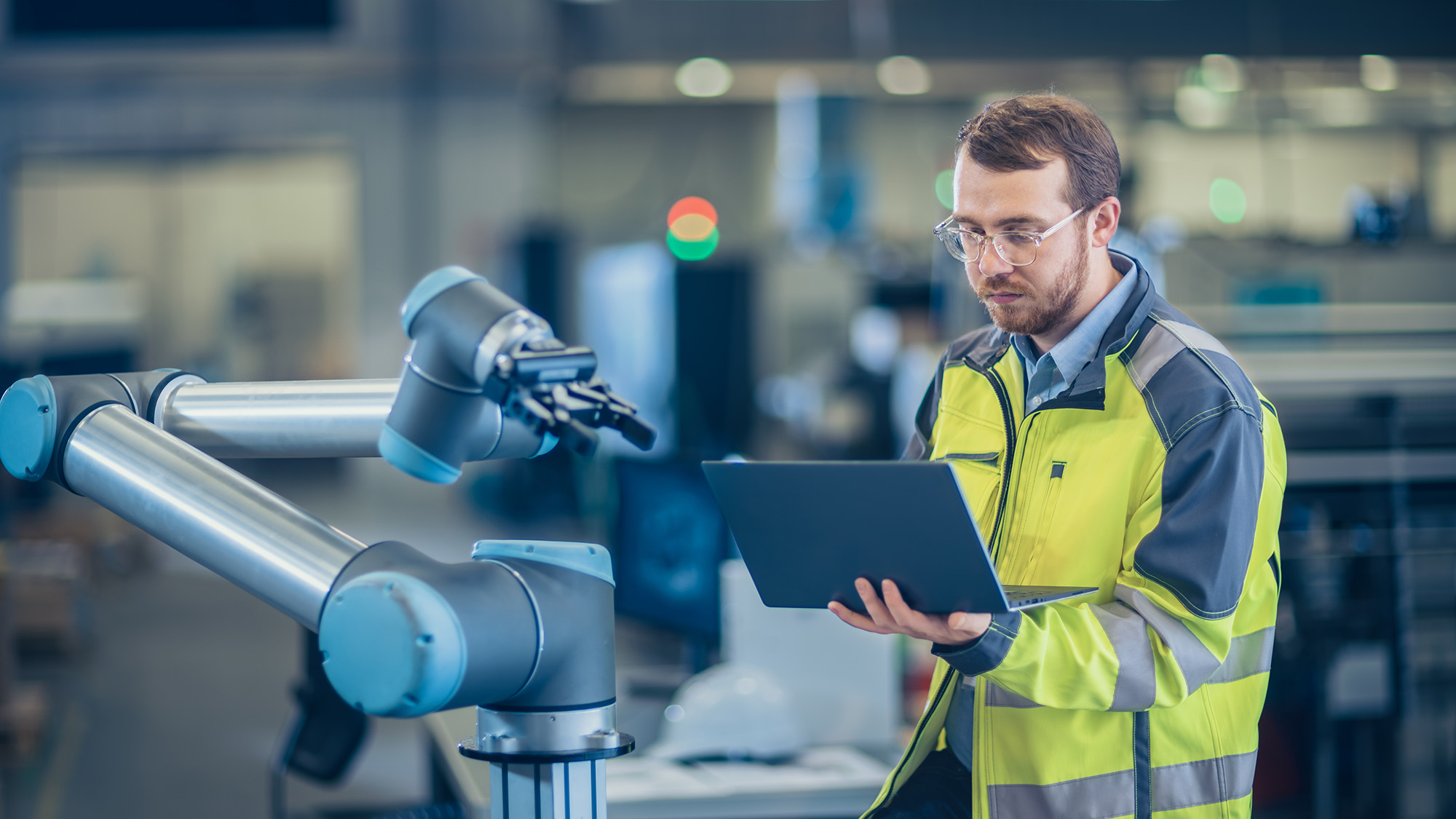

Google parent company Alphabet has launched a new company called Intrinsic that aims to make industrial robots easier to program.
Originally a project within Google's X research group, Intrinsic has graduated as an independent company within Alphabet. That means it will leave X's rapid prototyping environment and seek development partners.
CEO Wendy Tan-White explained that conventional industrial robots are difficult to program, often taking hundreds of hours of manual programming to perfect repetitive tasks. Some tasks, such as sanding surfaces of different shapes and sizes or plugging in electrical cords, are beyond robots' reach because they require a subtle awareness of environments and surfaces.
Intrinsic wants robots to perform tasks like these. It has also been working on programming multiple robots to work together on complex tasks.
Intrinsic uses various techniques, including artificial intelligence (AI), to make these programming tasks easier by 'teaching' robots how to perform them. The company has also experimented with deep learning, which uses more layers in a neural network to refine machine learning outcomes, and reinforcement learning, which uses feedback on robot performance to improve its attempts at a task over time.
Other algorithms in its toolbox include automated perception and motion planning, and simulation and force control so robots can adjust how much pressure they apply.
The company wants robots to apply their training to similar tasks without engineers reprogramming them again from scratch. It also hopes that by becoming aware of their surroundings, they will adapt to changing environments rather than restricting themselves to specific fixed conditions.
Get the ITPro daily newsletter
Sign up today and you will receive a free copy of our Future Focus 2025 report - the leading guidance on AI, cybersecurity and other IT challenges as per 700+ senior executives
The idea is to make robots more affordable and usable, opening the technology to more businesses. This will also allow companies to make products closer to where they're used, making supply chains more efficient, Tan-White said.
The Intrinsic team spent five years developing the technology inside the X building.
Google has dabbled in robotics before, acquiring Boston Dynamics in 2013 before folding it into its Replicant robotics division after reorganizing into Alphabet in 2015. Internal rifts and concerns over brand optics compelled it to sell the company to Softbank in 2017.
RELATED RESOURCE
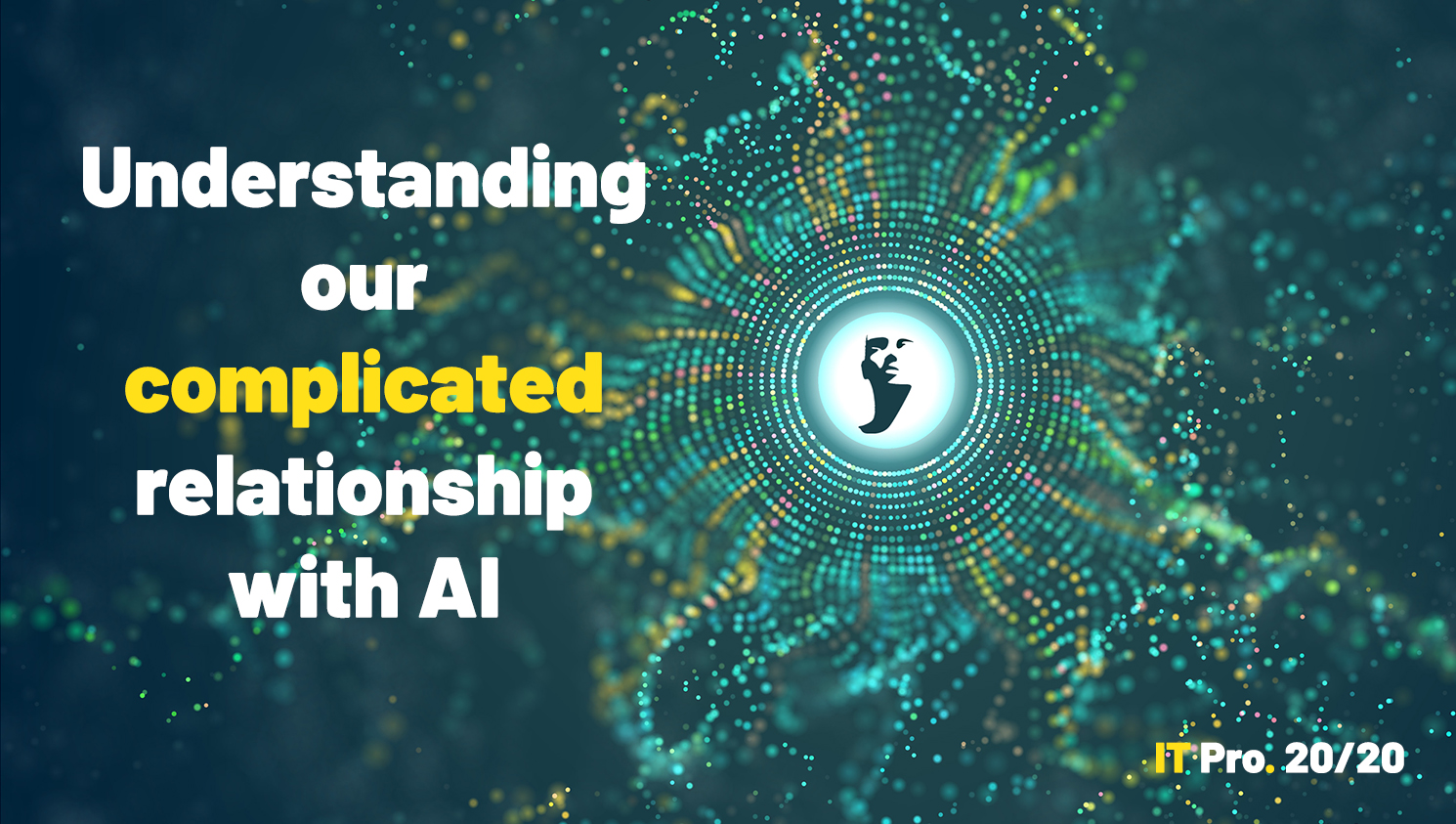
IT Pro 20/20: Understanding our complicated relationship with AI
The 16th issue of IT Pro 20/20 looks at the very human problems associated with artificial intelligence
Google acquired other robotics companies in 2013, including Redwood Robotics, which focused on making robotic arms that are simple to program, and robotic camera systems maker Bot & Dolly.
Intrinsic is the latest initiative to graduate from X, following in the footsteps of autonomous driving startup Waymo and drone delivery company Wing.
Other projects still in development within Google X include the Everyday Robot program, a separate robotics program researching whether robots can operate in changeable environments. Its team developed a robot that could sort recycling waste, which is a challenging task given the unpredictable contents of recycling bins.
Danny Bradbury has been a print journalist specialising in technology since 1989 and a freelance writer since 1994. He has written for national publications on both sides of the Atlantic and has won awards for his investigative cybersecurity journalism work and his arts and culture writing.
Danny writes about many different technology issues for audiences ranging from consumers through to software developers and CIOs. He also ghostwrites articles for many C-suite business executives in the technology sector and has worked as a presenter for multiple webinars and podcasts.
-
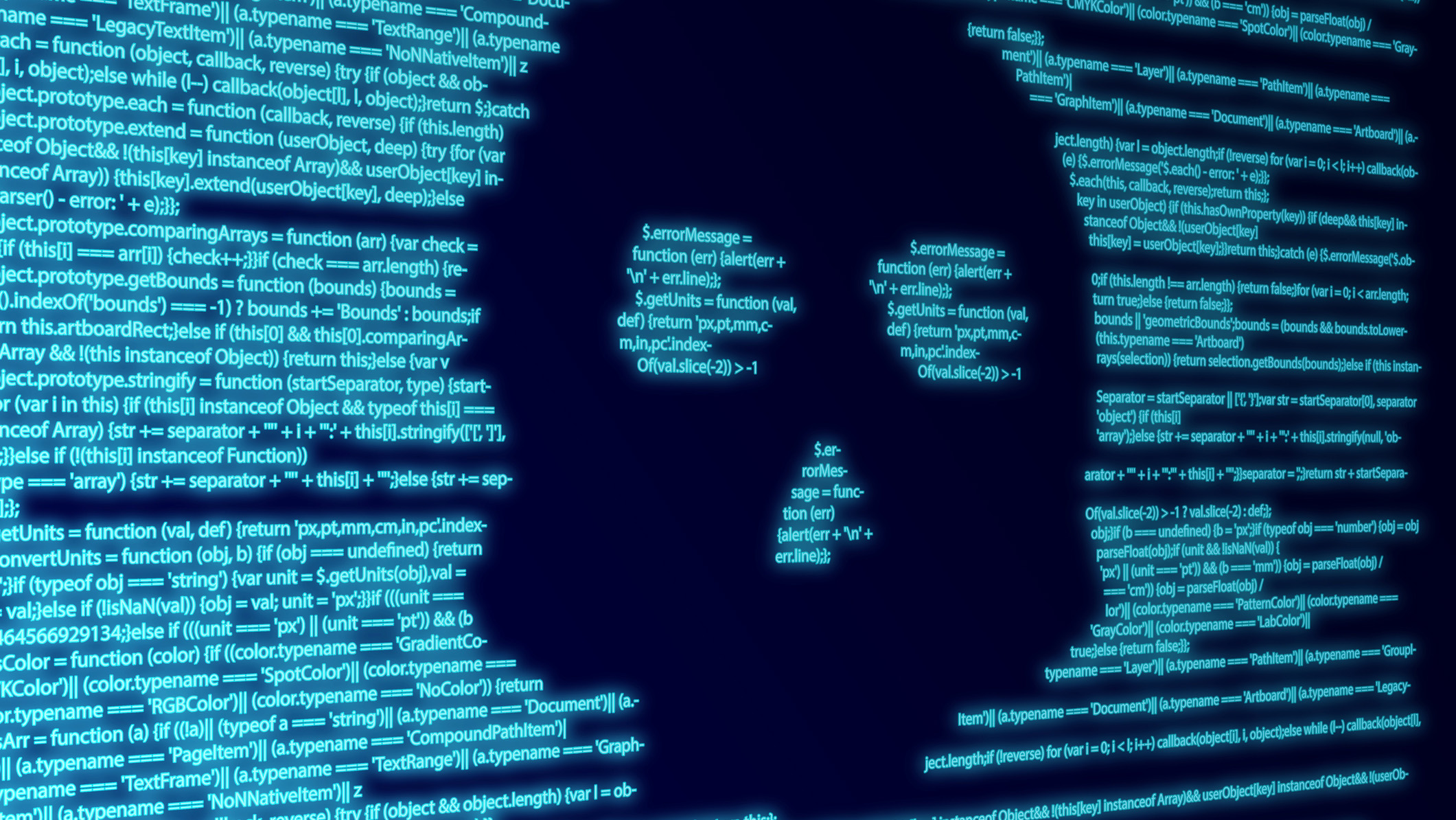 AI is helping bad bots take over the internet
AI is helping bad bots take over the internetNews Automated bot traffic has surpassed human activity for the first time in a decade, according to Imperva
By Bobby Hellard
-
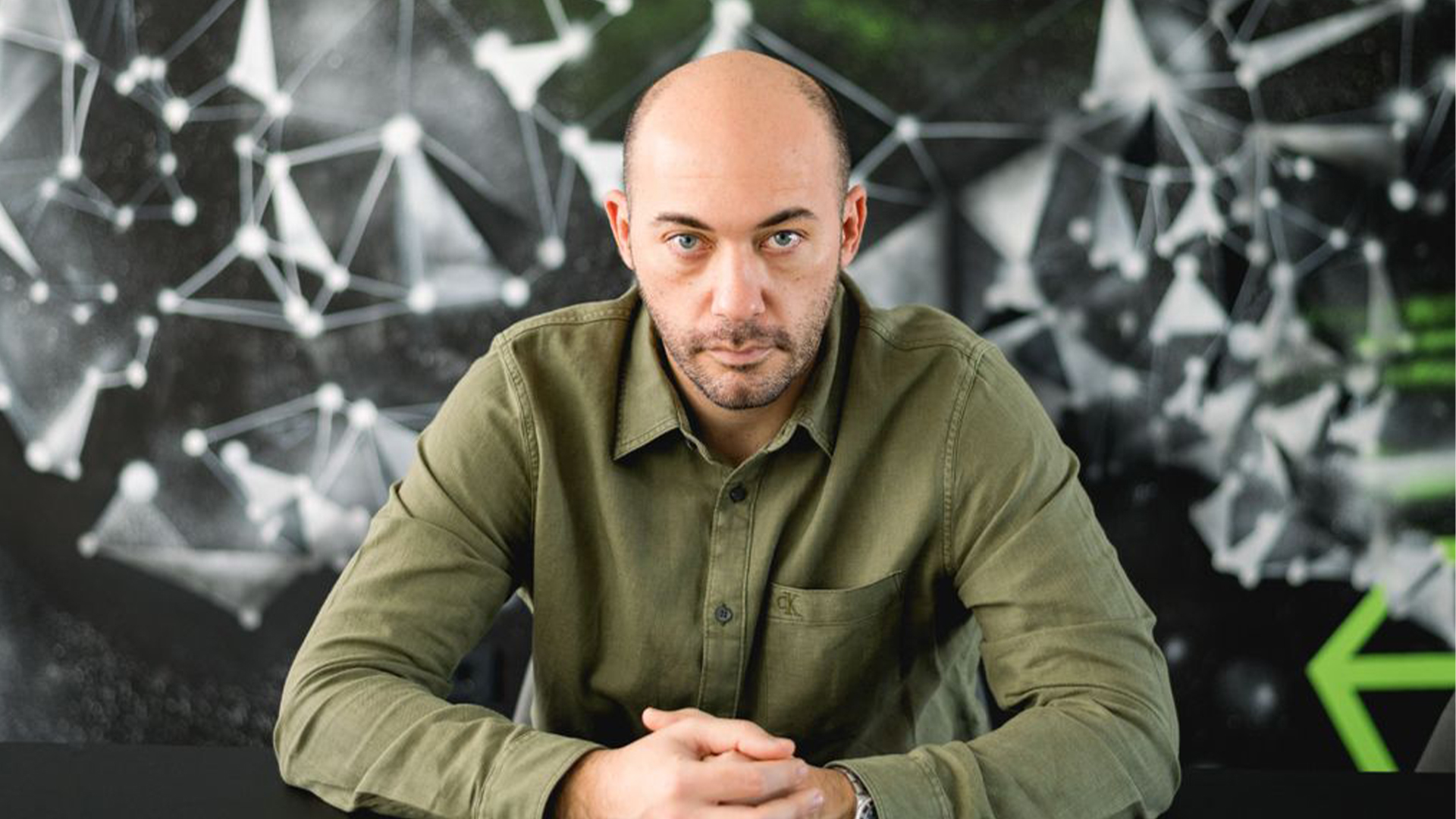 Two years on from its Series B round, Hack the Box is targeting further growth
Two years on from its Series B round, Hack the Box is targeting further growthNews Hack the Box has grown significantly in the last two years, and it shows no signs of slowing down
By Ross Kelly
-
 Can robots work safely alongside humans? This one industry leader thinks we're not far away
Can robots work safely alongside humans? This one industry leader thinks we're not far awayNews Humanoid robots and people will be able to work truly side-by-side this year, according to the CEO of one leading robotics company.
By Nicole Kobie
-
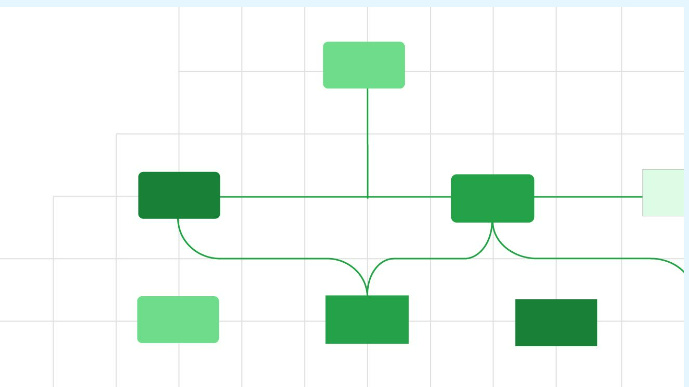 The power of AI & automation: Proactive IT
The power of AI & automation: Proactive ITWhitepaper Automation strategies to dynamically and continuously assure cost-effective application performance
By ITPro
-
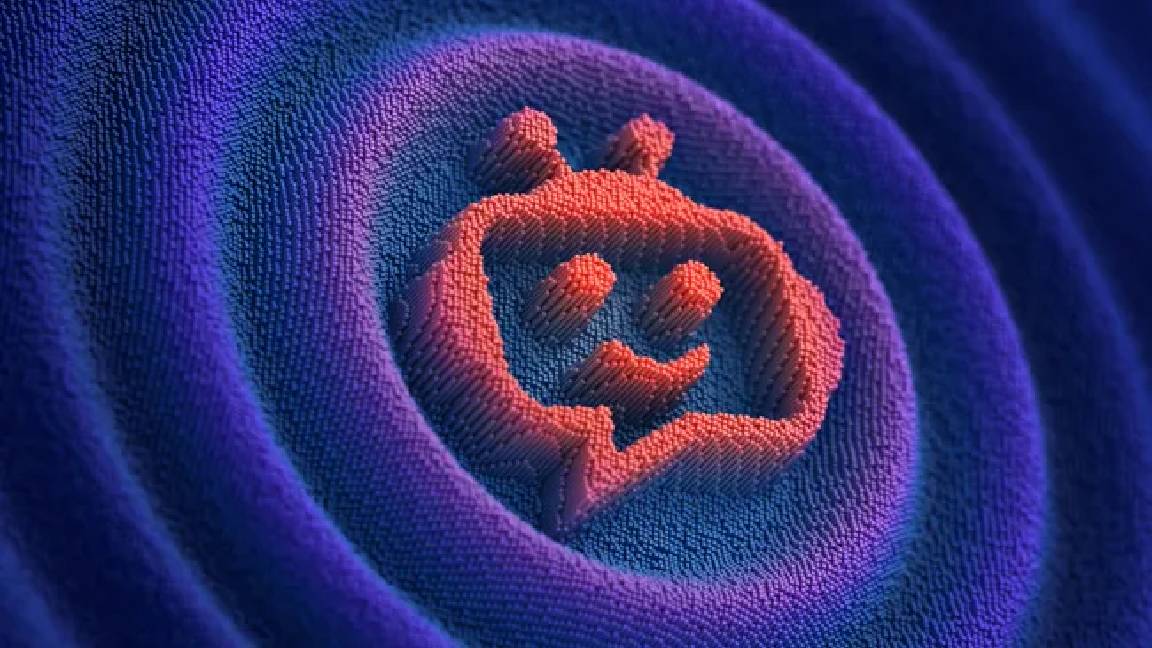 Magic Quadrant for enterprise conversational AI platforms
Magic Quadrant for enterprise conversational AI platformsWhitepaper An evaluation of the conversational AI platform (chatbot) market
By ITPro
-
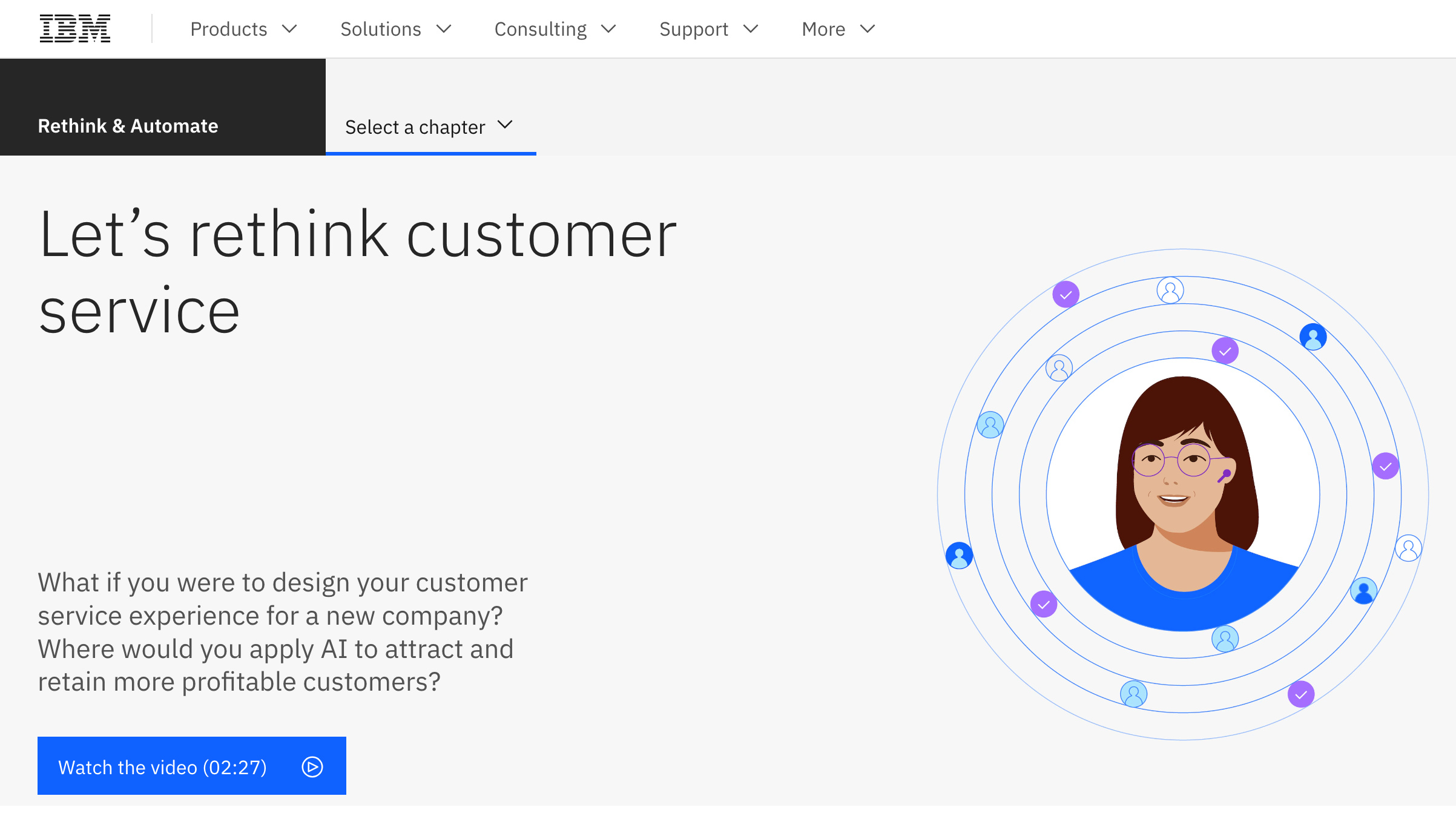 Let's rethink customer service
Let's rethink customer servicewhitepaper Discover new ways to improve your customer service process
By ITPro
-
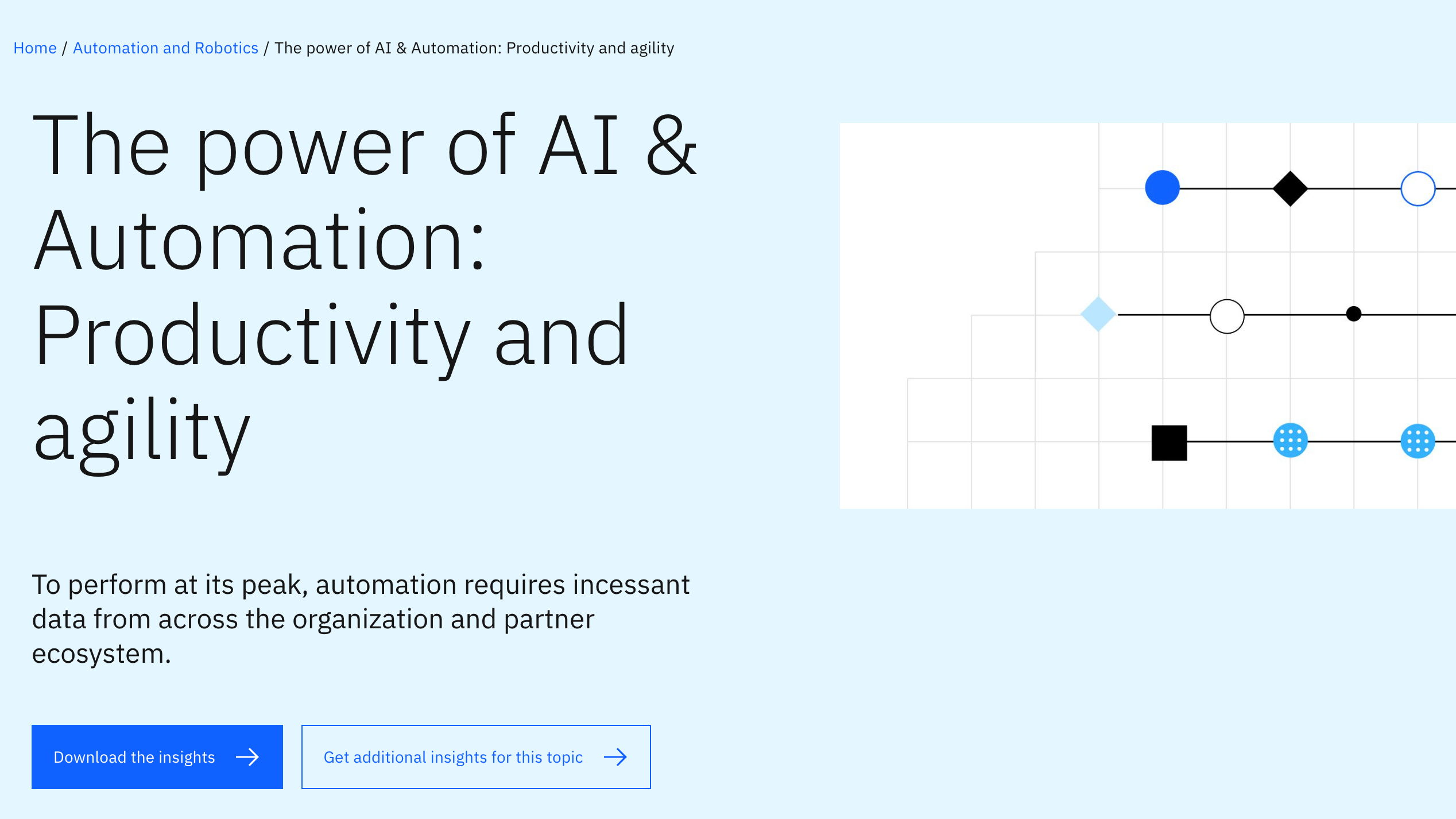 The power of AI & automation: Productivity and agility
The power of AI & automation: Productivity and agilitywhitepaper To perform at its peak, automation requires incessant data from across the organization and partner ecosystem
By ITPro
-
 Why cutting-edge innovation is killing the planet
Why cutting-edge innovation is killing the planetIn-depth AI and robots will do our work, we’ll get paid in cryptocurrency, and cars will drive themselves – but each of these technologies is a massive energy hog
By Nicole Kobie
-
 Digitization solves manufacturing’s five toughest challenges
Digitization solves manufacturing’s five toughest challengesWhitepaper Discover the technology trends that overcome manufacturing’s challenges, from cyber resilience to breaking free from legacy technology
By ITPro
-
 The four pillars of excellence for technology leaders
The four pillars of excellence for technology leaderswhitepaper Download this CIOs business case for integration and automation
By ITPro